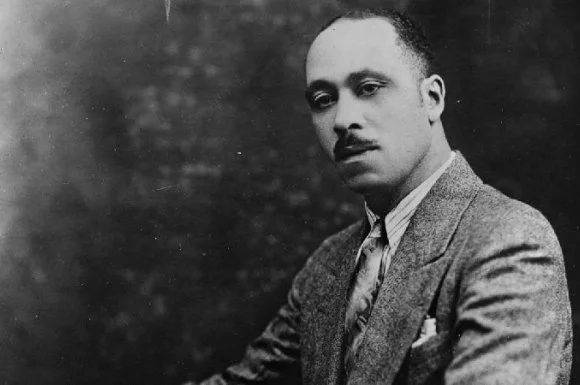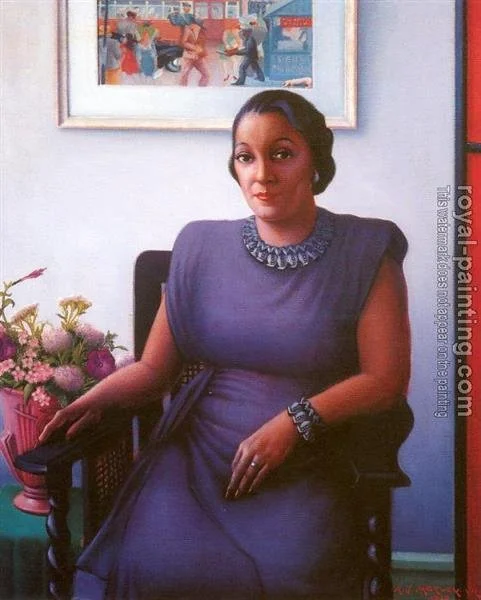Archibald Motley (1891–1981): Painting the Rhythm of Urban Life
The Harlem Renaissance was not limited to Harlem alone — its spirit resonated across the United States. In Chicago, painter Archibald Motley emerged as one of the most distinctive voices of the era. Known for his vibrant scenes of nightlife and portraits filled with character, Motley’s work captured the energy, color, and rhythm of modern Black life.
Early Life and Training
Archibald Motley was born in New Orleans in 1891 but grew up in Chicago, where he spent most of his life. He studied painting at the School of the Art Institute of Chicago, graduating in 1918. While many of his peers gravitated to Harlem, Motley built his career in Chicago’s South Side, a community just as central to the Great Migration and to the development of Black cultural expression.
Though he trained in traditional portraiture, Motley quickly developed a personal style that blended realism with bold color and design.
Artistic Work and Style
Motley’s art is celebrated for its vivid palette and ability to capture atmosphere. His portraits highlight individuality and dignity, while his bustling street and club scenes portray the dynamism of urban Black life in the 1920s and 30s.
Some hallmarks of his style include:
Vibrant Color: Rich reds, blues, and purples dominate his canvases, creating a sense of movement and rhythm.
Urban Narratives: Works such as Nightlife (1943) bring to life the joy of jazz clubs, dance halls, and crowded sidewalks.
Psychological Portraits: Motley’s early portraits, like Mulatress with Figurine and Dutch Landscape (1929), reveal his interest in identity, race, and cultural mixing.
Major Contributions
Motley received recognition from the Harmon Foundation, which supported many Black artists of the Harlem Renaissance era. A Guggenheim Fellowship allowed him to travel to Paris in the late 1920s, where he painted scenes of cosmopolitan life while maintaining his focus on portraying African American subjects with depth and vibrancy.
While Harlem was the symbolic capital of the Renaissance, Motley’s Chicago-based career demonstrated that the movement’s energy was nationwide. His paintings remain a vivid record of the cultural and social life that defined his era.
Legacy
Archibald Motley’s paintings continue to resonate for their bold color, lively atmosphere, and human insight. His works reveal a modern vision of African American life that was celebratory yet deeply observant. Today, his art is recognized as central to American modernism, bridging fine art traditions with the vitality of jazz-age culture.
Motley’s legacy lies in how he captured the pulse of his time. His canvases remind us that the Harlem Renaissance was not only about words and music but also about the visual rhythms of paint, color, and light.
Archibald Motley (1891–1981)
PORTRAIT OF A CULTURED LADY, 1948, oil on canvas, 39 x 32 cm
Hot Rythmn, 1961, oil on canvas, 40 x 48 cm



